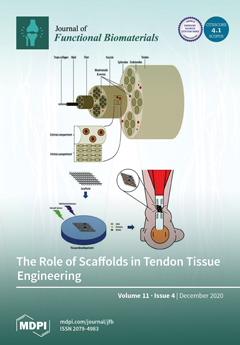An accumulating body of evidence reports the synthesis and biomedical applications of silver nanoparticles. However, the studies regarding the use of maleic acid and citric acid in the synthesis of nano-sized silver particles (AgNPs) and micro-sized silver particles (AgMPs) as well as their antibacterial, antifungal, and anticancer activities have not been reported. In the current study, we synthesized AgNPs and AgMPs using maleic acid and citric acid as capping agents and have characterized them by UV-Vis, energy-dispersive X-Ray spectroscopy (EDS), X-Ray diffraction (XRD), and scanning electron microscope (SEM) analysis. The capped silver particles were examined for their antimicrobial activity and cytotoxicity against bacteria, fungi, and brine shrimp. Additionally, the anticancer activity of these particles was tested against human breast and liver cancer cell lines. The free radical scavenging activity of capped silver particles was evaluated by 2,2-diphenyl-1-picrylhydrazyl (DPPH) assay. SEM analysis revealed a round plate-like morphology of maleic acid capped particles with an average size of 39 ± 4 nm, whereas citric acid capped particles display flower-shaped morphology with rough surfaces and an average size of 250 ± 5 nm. The uncapped AgMPs were hexagonal with 500 ± 4 nm size. EDS and XRD analysis confirmed the presence of Ag and face-centered cubic crystalline nature, respectively. Functionally, capped silver particles exhibited antibacterial activity against Gram-positive (
Staphylococcus aureus, Bacillus subtilis, and
Micrococcus luteus) and Gram-negative bacteria (
Salmonella setubal, Enterobacter aerogenes, and
Agrobacterium tumefaciens). The bactericidal activity was more active against Gram-negative bacteria with minimum inhibitory concentration (MIC) as low as 5 ppm as compared to 25 ppm for Gram-positive. Similarly, the silver particles demonstrated antifungal activity by inhibiting the growth of five fungal strains (
Mucor species, Aspergillus niger, Aspergillus flavus, Aspergillus fumigatus, and
Fusarium solani) up to 50% at the concentration of 500 ppm. Additionally, these particles showed substantial toxicity against brine shrimp and also significantly inhibited the proliferation of breast cancer (MCF7) and liver cancer (HePG2) cell lines (IC
50 8.9–18.56 µM). Uncapped AgMPs were less effective, inhibiting only the proliferation of MCF7 cells with IC
50 46.54 µM. Besides cytotoxicity, these particles acted as potential antioxidants, showing free radical scavenging up to 74.4% in a concentration-dependent manner. Taken together, our results showed that the modifiers affect the shape and size of silver particles and may, in part, contribute to the antimicrobial and antioxidant activity of silver particles. However, the contribution of maleic acid and citric acid in enhancing the antimicrobial, anticancer, and antioxidant potential independent of silver nano and microparticles needs to be studied further. In vivo experiments may determine the therapeutic effectiveness of silver particles capped with these modifiers.
Full article






